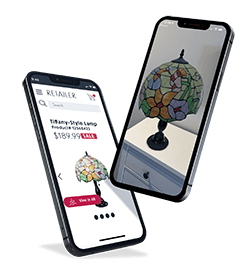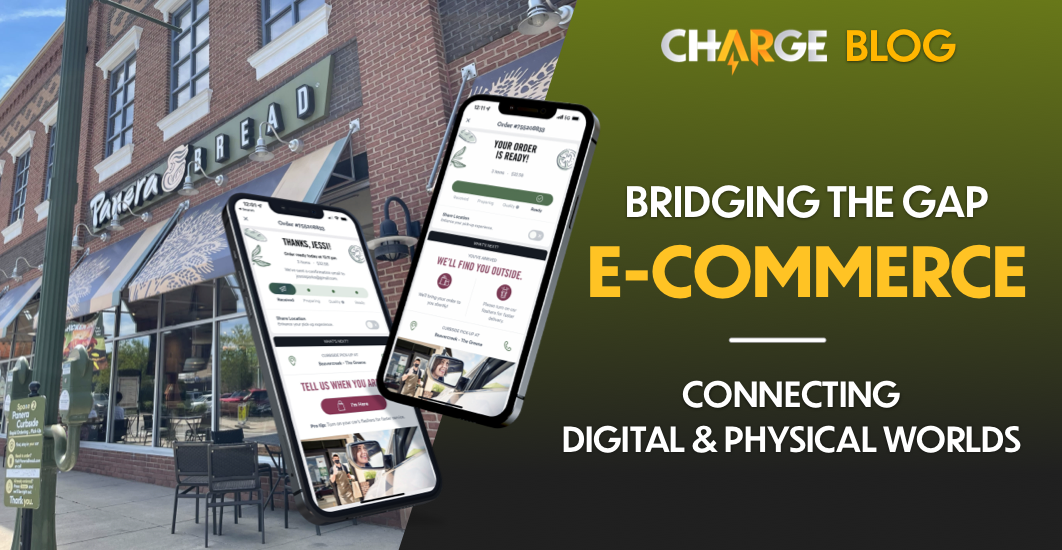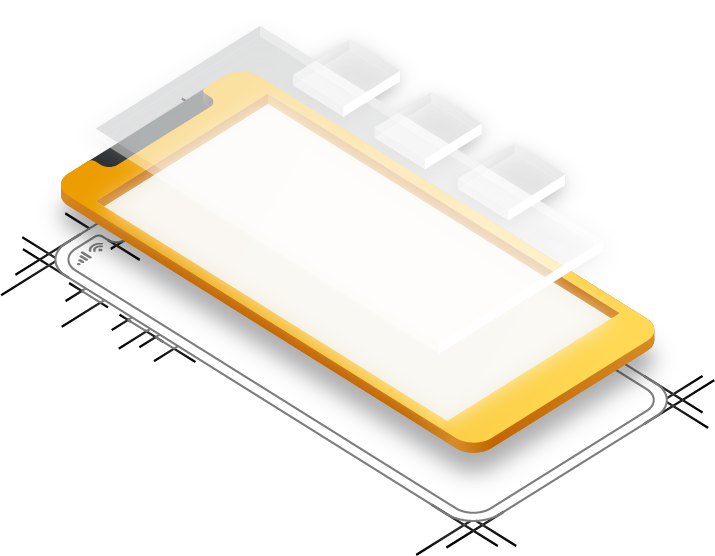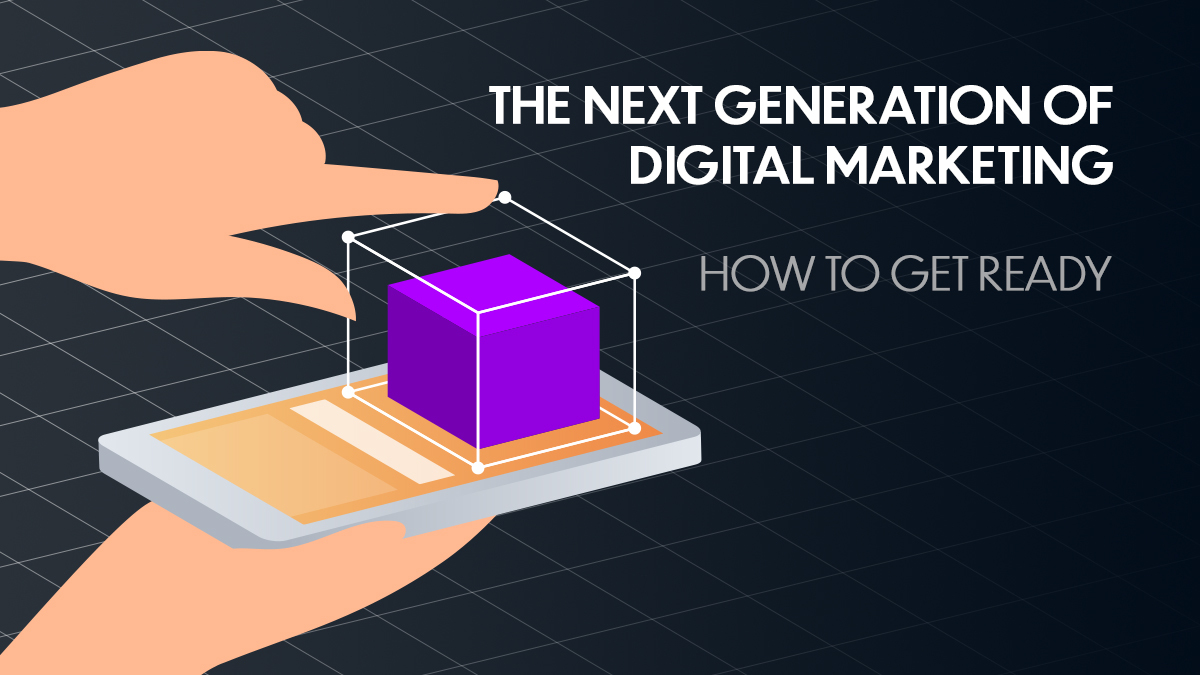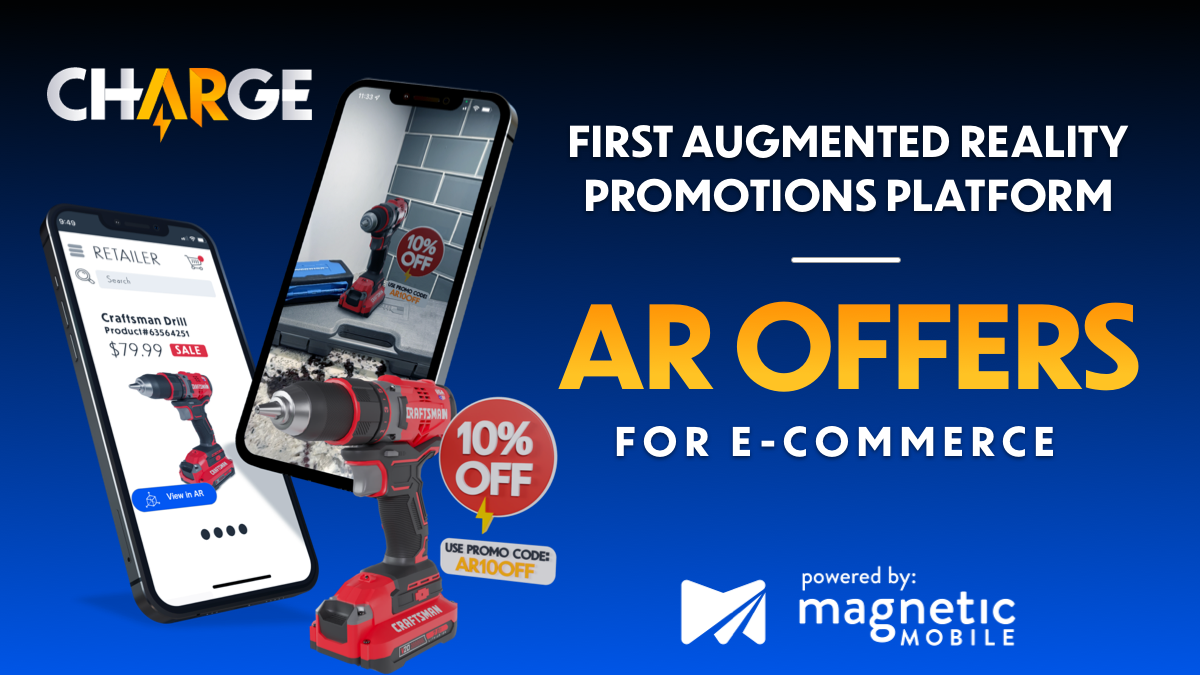The pandemic changed everything we knew about Buy Online and Pick Up in Store (BOPIS) sales in 2020. Restaurants, merchants, and retailers who had resisted online experiences quickly regretted their lack of investment in technology. In fact, the largest movement of e-commerce advancement in digital transformation happened between 2020 and 2022. According to Digital360, the pandemic added an extra $218.53 billion to US e-commerce sales in 2020-2021 and eMarketer reports that by 2025, sales for Click and Collect will top $154 billion dollars.

“From March 2020 through February 2022, U.S. consumers spent $1.7 trillion online, $609 billion more than the two preceding years combined (2018 and 2019), according to new data from The Adobe Digital Economy Index.”
Adobe Digital Index Tweet
So what does this mean for a post-pandemic world?
Will we go back to pre-pandemic buying experiences? According to Adobe, BOPIS shows no signs of retreating even with the decrease of COVID cases in 2022. This trend line—although lower—is still considerably higher than it was in 2019. The Adobe model below shows that BOPIS, has held a growth increase of 20%–27% consistently throughout the pandemic.

What exactly is Phygital?
The term “phygital” refers to any experience or mechanism that retail brands use to bridge the gap between the digital experiences in the consumers’ hands and physical, real-world experiences in store locations. This can be a BOPIS method, digital technology such as AR, or even a virtually connected store concept.
Why do we see the Phygital trend continuing even after COVID numbers Begin to decline?
Financial Uncertainty: The economic landscape of rapid inflation combined with higher interest rates is making many Americans cautious, which that creates more financial conservation. Consumers are looking for ways to trim their budgets, streamline shopping habits, and make the smartest spending decisions. This presents a unique opportunity to use digital technology in-home to draw them back into the physical store.
Digital Natives & Pre-Digital Native Generational Buying Power:
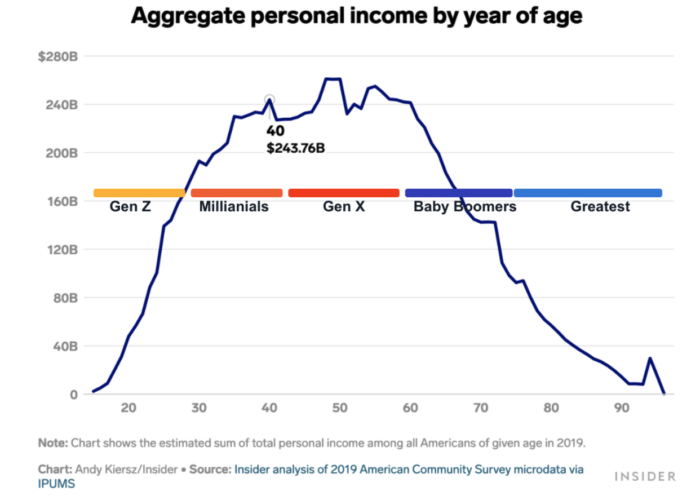
Gen X and Millennials have the largest buying power today. This group is typically in mid-life decision processes which means time is their most valuable asset. Optimizing professional lives, family obligations, and personal life gains creates a perfect blend of efficiency and time optimization management for e-commerce to help solve. This demographic pioneered digital technology and were the first generations to bridge the gap from analog to digital. Gen Z consumers are 100% digital natives, meaning they have no lived experience prior to digital technology. These traits would imply that their comfort level with technology is 100% dependent. It is this dependency that tunes their digital experiences expectations to more advancement. This group will come to expect phygital experiences highly in-tune with their savvy digital expertise.
Experiential Ease: Shopping experiences themselves need to become more intelligent and more personalized to better fit the needs of each individual consumer. This targeted approach increases buyer confidence and ultimately, loyalty to the brand. Phygital methods can use data to layer in personalization, buyer intent, and technological features to create a compelling digital experience with minimal friction.
Next Generation Phygital: The Metaverse
The diagram below shows how phygital experiences are mirrored in-store and online, and how technology facilitates those interactions. The next version of phygital will be in the metaverse, where AR and VR will work together to bring virtual shopping into the home by creating a quasi-physical store experience for the consumer.
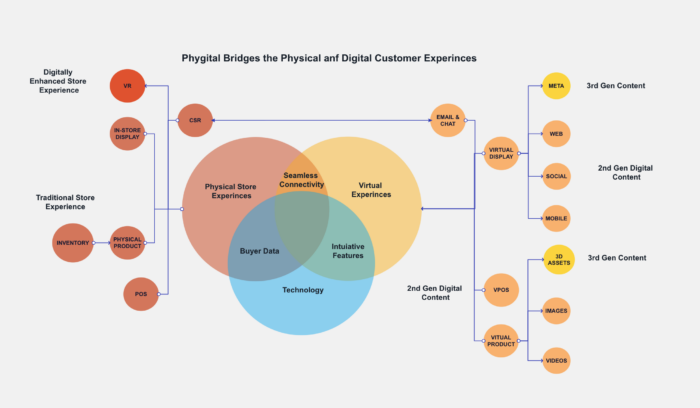
But what does great Phygital look like today?
We’ve outlined below three great examples of companies using phygital methodologies today. From more traditional technical applications to advanced visualization strategies, these use cases are designed to marry the in-home retail experience with in-store shopping.
Panera BOPIS: A Perfect, Blended Phygital Experience
Panera Bread does a great job of connecting the phygital from their mobile app to in-store. Their in-app ordering system is connected in-store experience for each consumer. The app uses permission-based geolocation to set order pacing and to serve the consumer at the exact right time. The app’s tone of voice also connects to the personality of the brand, so that everything from placing your order in the app to receiving it at curbside delivery reinforces feels like one seamless experience. Such a system helps ease the burden of the operations team, while catering to the needs of the customer. The app pushes traffic to the store and the store pushes the user back into the app. It’s a continuous flow and the perfect definition of phygital in practice.

Panera App
- Geolocation Opt-In
- Easy & Intuitive User Experience
- Hand-Off from Digital to Physical is One Branded Voice
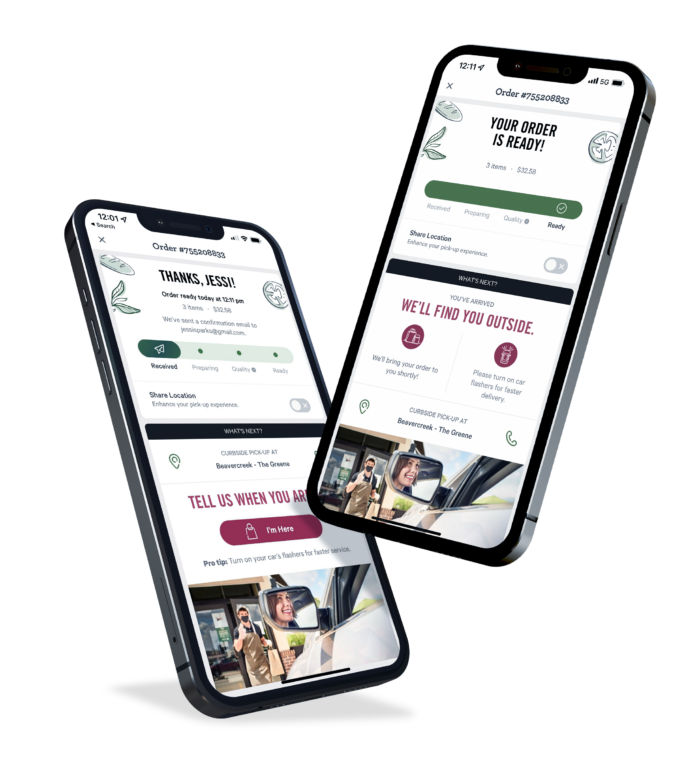
Warby-Parker: Phygital in Reverse
Warby Parker has been a leader in technology for many years. They were one of the first to be an exclusive online retailer for optical in 2010. It was that forward-thinking and innovative spirit that drove them into their own phygital journey, which resulted in the opening of more than 161 physical locations alongside a strong online presence. They continue to double down on e-commerce by debuting an app that allows the consumer to virtually try on glasses at home using 3D assets and augmented reality. This truly is the Cinderella story of phygital in action.
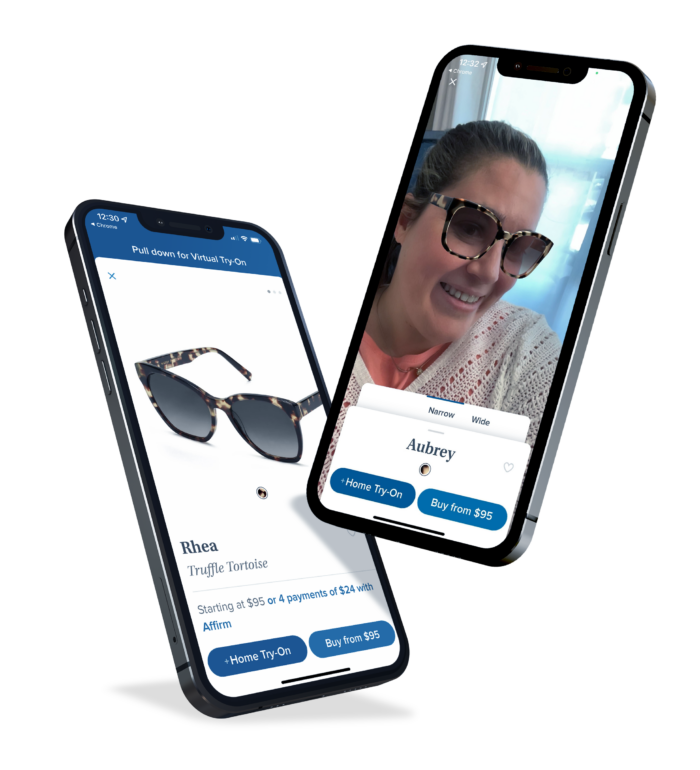

WARBY-PARKER
- Created a Great Model for Using Inventive Technology, Like AR, for Immersive Digital Customer Experience with their app
- Moved from 100% E-Commerce to 50/50 Digital and In-Store Concept
Macy’s: Second Generation Phygital Content
Second generation content is combination of 3D assets, AR, VR, and metaverse to form the next version of the internet. This experience will be even more immersive and will bring product assets closer to the way customers interact with them in the physical world. We have already seen VR in the store with Macy’s IRL Virtual Design Solution, powered by 3D Cloud by Marxent. Allowing customers to virtually design their homes from the sales floor, this is the most perfect intersection of phygital.

Image of 3D Cloud by Marxent at use in a Macy’s store.
Macy’s also introduced their Virtual Room Planner, which bridges the gap between customer’s aesthetic taste and logistical fit right from the comfort of their living room. This model helps convert both in-store sales and increases online conversion, an industry first for furniture.

Macy's Virtual
- In-Home Experience
- Utilizes 3D Product Assets
- Provides Seamless Bill of Materials to E-Commerce or In-Store Associates

Screenshot of Macy’s Virtual Room Planner from the author’s customer profile.
Disclaimer Charge is a Platinum Reseller of 3D Cloud By Marxent and is also a Sister company.
Trademark Disclaimer:
All product and company names are trademarks ™ or registered ® trademarks of their respective holders. Use of them does not imply any affiliation with or endorsement by them.
Any product names, logos, brand, and other trademarks or images within the chargear.com website are the property of their respective trademark holders and are not affiliated with Magnetic Mobile, our products, or our websites. They do not endorse or sponsor Magnetic Mobile or any of our products or services.
Interested in Knowing more about 3D?
Consumers crave opportunities to get the best deal. 3D is no different. With our Charge WebAR, Charge 3D Spins, or our patent-pending, Charge OfferAR system, we can use the right AR tool to attract, retain, and upsell your customers—focusing on the right target, for the right customer, on the right channel at the right moment. Talk to us today.

